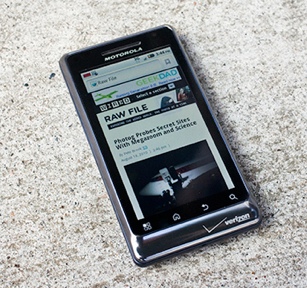Old habits can die hard. But don’t worry, Paul Wyatt and Joseph Luck are here to guide you through launching a site in HTML – with traditional Flash sensibilities.
For years Flash has been a great creative tool for websites, animation and even broadcast work, but it’s becoming increasingly necessary to look at new ways to build websites and display content.
A key personal motivation behind this tutorial was a folio website, originally designed seven years ago as a showcase of the ‘campaign website’ flavour – with a filing cabinet dropping from the sky and displaying content with animations and transitions in between seemingly everything. Over seven years this website had been updated but failed to keep up with career and work changes, and the demands on it to display different types of content. Something that was easy to update, would work on everything and also serve as a ‘shop window’ for work was required.
But Flash and the showman go hand in hand, and those sensibilities endure. The new site was to have a resizable image-based homepage showcasing full browser width and height images to their best. The aim was for this to rotate and transition from one image to the next and on the sub-homepages have a cut-down version. Clean, bold typography and clear labelling were also key.
MORE: Apply Flash principles to HTML | Tutorial | .net magazine.



